Craig Taylor on Zwift Run
We pinned down Craig Taylor, the Director of Growth Marketing for Running and Triathlon at Zwift to learn more about the running offering and what is still to come. Taylor is an avid triathlete and fine runner and he is very passionate about his job.
Slowtwitch: Thank you for your time Craig.
Craig Taylor: I appreciate the chance to talk a bit more about Zwift Run.
ST: Talk about what you do for Zwift.
Craig: My role at Zwift is Director of Growth Marketing for Running & Triathlon, working on how we can continually deliver unique and compelling experiences to both engage Zwifters and entice new potential Zwifters.
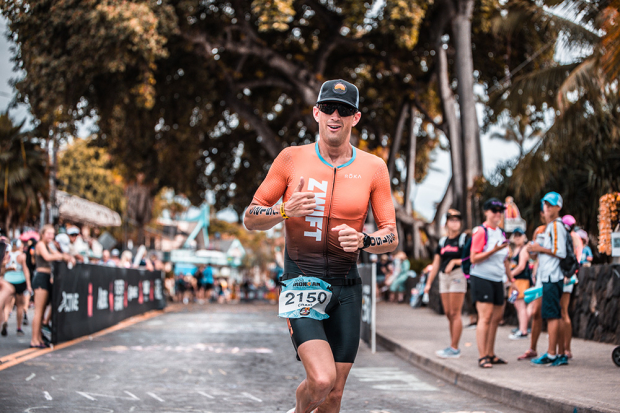
ST: What did you do before?
Craig: Prior to Zwift I worked for a nutrition start-up named Bonk Breaker, heading up marketing, and prior to that, I had a brief stint at Specialized while finishing my MBA at UCLA Anderson.
ST: In your view where is Zwift running compared to where cycling was this early in development.
Craig: Zwift Run is far from a finished product as we continue to develop and look for ways to best meet the needs of our Zwift Runners. As the running hardware market continues to evolve, it will be more realistic to compare the product experiences between Zwift Cycling and Running. There are discrepancies between the in-game features but there are also discrepancies in the hardware features for runners to fully immerse themselves in the game like cyclists can. The good news is that we’ve learned quite a bit in the five years that Zwift around and have an incredible team to help drive Zwift Run forward.
ST: As far as you know, of the runners on Zwift how many see themselves as pure runners versus as triathletes who also ride?
Craig: Roughly the runner population is split in thirds with a third being triathletes, a third as pure runners, and a third falling in the category of cyclists who run.
ST: I personally spend a lot of time running on Zwift. Mostly out of necessity but I have actually never minded running on a treadmill. But what are some of the hurdles Zwift is facing to bring in more runners?
Craig: The largest challenges for developing running on Zwift is the development of hardware to enhance the Zwift Run experience and demonstrating to runners the benefits of running on the treadmill.
Currently the run hardware market does not have a robust offering, compared to what we see for cycling. In a nutshell, this means we don’t have enough Bluetooth compatible hardware being developed and sold with training apps like Zwift in mind. Just like cycling before Zwift, too many hardware brands are focused on proprietary software and closed protocols. Zwift created a community of millions of cyclists by aggregating scale through compatible 3rd party hardware, so the opportunity is clear to see. Zwift became a trade marketing body for cycling hardware. We can do the same for running.
We also have work to do in showing runners the benefits of indoor running and how that benefits all facets of your running from monitoring run form to doing speed work. Just like cycling, the controlled, structured and time efficiency of training indoors is championed by performance coaches. Bang for buck it’s more effective than training outdoors, but it just hasn’t been motivating enough until Zwift. We bring the community and fun which motivates athletes to hit their training goals.
By overcoming these hurdles we’ll begin generating more demand amongst those time crunched and tech savvy Triathletes. Runners will be a slower burn, albeit amongst a much larger market, as it’s more of a significant behavioral change to instigate. That said, we are witnessing a huge modal shift in working from home patterns that will accelerate this picture.
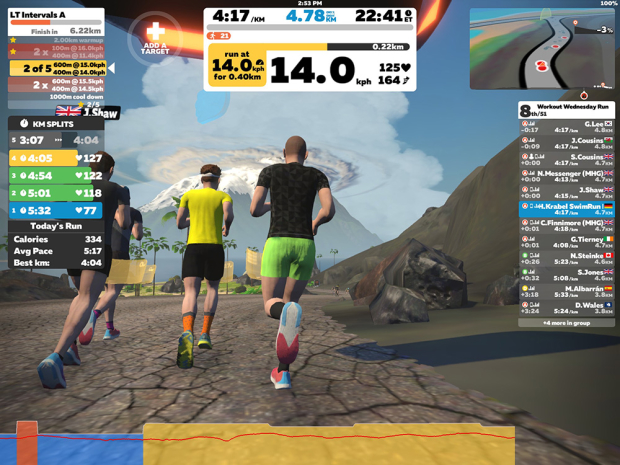
ST: With cycling there is faster gear that is dangling as a carrot in the future at least through 50 levels. But what about running? What is the game reward?
Craig: We have some work to do here. Zwift’s video game platform and game design pedigree is a key ingredient of the Zwift secret sauce that’s made our cycling product a smash hit. We need to pass through more of this value to running on Zwift. The question being how do we gamify running in a way that works for runners, as opposed to copying what we do for cyclists. As an example, in-game Power Ups wouldn’t be well received by runners who are fixated on their pace and improving this in a controlled environment.
Zwift’s Series C investment in round was well publicized but scaling up development resources takes time and in the short- term new feature design may be slower than our community demands.
That said, our running product is free, we have 21 levels to hit and there’s a significant amount of training content and unique event experiences available every week of the year, for every ability and time zone.
ST: Running is still free but eventually there will come a fee. How far out from that are we and what will we see first?
Craig: As we sit today, there are no plans to make Zwift Run subscription based. I, along with many others at Zwift, feel that there is still more work that needs to be done to level up the Zwift Run experience before we could justify accepting a subscription fee, if we ever move to a subscription model.
ST: One question that is often asked is when will Zwift control treadmill elevation just as it does on bikes. Is that something you can talk about?
Craig: While we don’t have an exact timeline for Zwift to directly control your treadmill elevation or speed, this is something that we are working on with key manufacturers and Zwift founder Jon Mayfield has been personally involved in. All that said we are encouraged by the steps the community have taken to level up the Zwift Run experience and build out the product features with programs like RunCline. I personally use RunCline and think it's a great tool to enhance your Zwift Run experience.
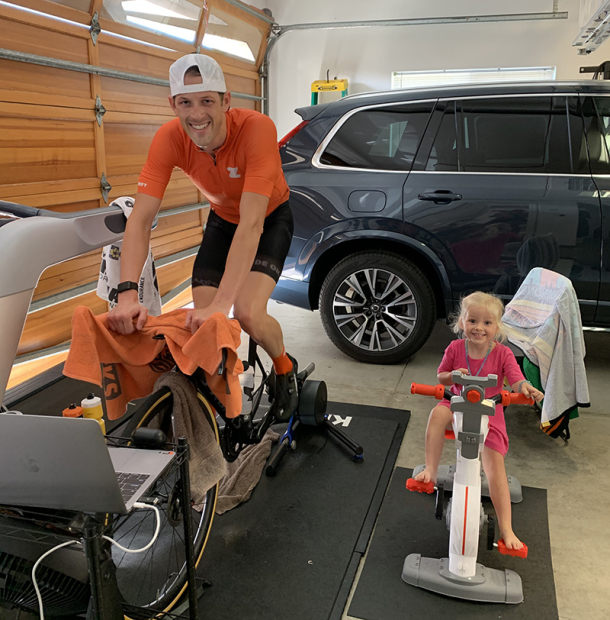
ST: How much time do you spend on Zwift and what is your personal setup in terms of bike and treadmill?
Craig: I spend a lot of time on Zwift. The whole reason I started working Zwift in mid-2018 was this is a product I use on a daily basis to enhance my training and something that I truly believe in. As of today, I’m level 50 cycling and 21 running with over 16,500 total miles run and ridden and over 860 total hours logged in-game. So yes I’m a Zwift junkie and share the same excitement and frustrations as the Zwift community.
In terms of my set up at home, I have a 2018 Kickr that I typically use with iPad Pro but also use a Mac, Apple TV, and PC so I can test on all different operating systems. For the run, I have a Precor 835 treadmill with a NPE GEM Module and typically use an iPad or Apple TV. I also regularly use a Stryd Pod and NPE Runn so I can test a wide variety of connections.
ST: How much riding and running do you do outside of structured events and races?
Craig: As a competitive triathlete and runner myself, the bulk of my riding and running is done outside of scheduled events and races as I focus on my own structured training plan supplied by my coach. That said I love a good Zwift Race and have really enjoyed being on the Zwift HQ team for the ZRL races but my personal favorite are the WTRL TTTs. So much fun to finish up a day of work, hop on Discord with my friends and co-workers, and see how deep into the cave we can push ourselves.
ST: Since we are talking about races, can you elaborate on the event result time problems that are a source of trouble both in cycling and running.
Craig: Oh, the constant struggle of chip time versus gun time and seeing something different in-game versus the results on ZC. This is honestly something that has been the subject of much debate internally of how best to fix this. The biggest challenge is that each person starts from a different place in the start corral so if we started the distance from that spot, there would be a unique finish line for each user. Likewise, if we didn’t start the official event time until the Zwifter crossed the start line, that person would ‘lose’ the distance and time from their starting point in the corral to the start line, and no one likes missing out on any of their distance run or road. Getting this fixed is a top priority and something we are working through to get right.
ST: What type of events IRL are you enjoying?
Craig: Well when we are able to get back to outdoor races, I love racing long distance triathlons both 140.6 and 70.3 and also love pushing the pace at stand-alone marathons and half marathons. Hopefully races come back in 2021 as I’m looking forward to trying to earn my way back to Kona.
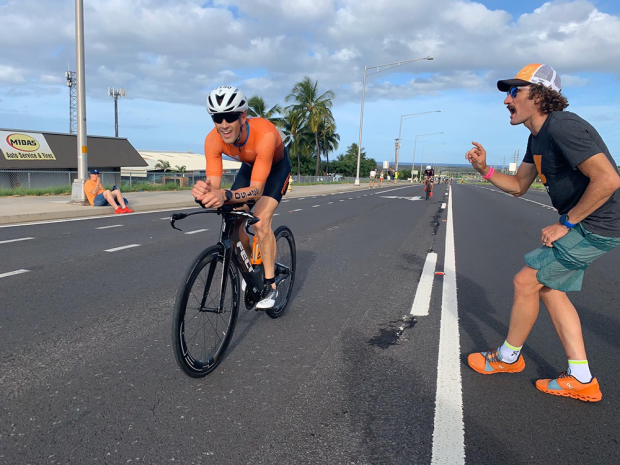
ST: Besides returning to Kona, what is on your bucket list?
Craig: Bucket list events, that's a tough one. In terms of results I'd love to see if I can crack 8:20 in a 140.6, see how close I can get to 4 hours in a 70.3, and break 2:35 in the marathon, but in terms of events themselves, I'd love to complete all the marathon majors. I still need Berlin, London, and Tokyo and I'd also love to give it a go at Leadville ultra at some point in my life.
ST: Total mileage or time training a week?
Craig: Living in SoCal, there is a ton of great climbing and with Road to Sky being my favorite route on Zwift, my coach and I tend to focus less on mileage and more on quality training time. On average I will spend about 12-15 hours per week training but as I move into the race prep block for a 140.6 that will creep up to 18-20 hours per week. But with a demanding job and two little ones at home, the focus is always on quality over quantity, and that is one of the key reasons that I’ve always relied on Zwift for over 80% of my training hours.
ST: Talk about some of your PRs.
Craig: 140.6 PR is 8:28:44 and 70.3 PR is 4:28:23. I haven't quite cracked the 70.3 distance. [laughs] In a marathon my PR is 2:38:05.
ST: Is there a result or race experience you are especially proud of?
Craig: My proudest race is probably Chicago Marathon 2013. At the time, my wife and I lived in Chicago at the 25.5-mile marker of the course. It was my 4th year doing the marathon and my 4th marathon in total. That race stands out because it was a major victory in my journey of becoming a runner as I shaved off nearly an hour from my first marathon time of 3:44:24 in 2010 to post a 2:44:50 in 2013. Just a result of a lot of consist training and work so it was rewarding to see it all come together.
ST: Thanks for these personal details, now back to Zwift. Is there data in terms of what the average runner and cyclist does in terms of just riding or running versus participating in events?
Craig: While I can’t go into the full details, interestingly enough the bulk of our runners and riders utilize free run and ride for the majority of their time spent on Zwift. This is something that we are always looking to learn more and more about so we can continually improve the game experience to deliver exactly what Zwifters are looking for.
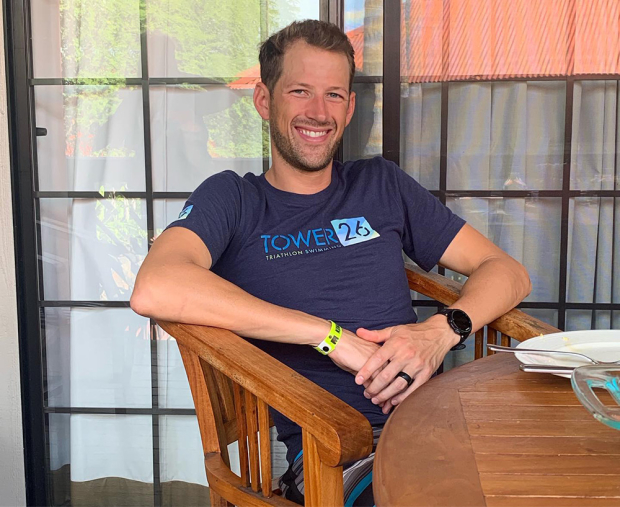
ST: Is there anything else we should know?
Craig: Everyone here at Zwift is here to help and want you to get the most out of your Zwift experience. I, along with many of my co-workers, are members of all the Zwift Facebook groups and are in the in-game events, don’t hesitate to reach out and we will do our best to help.
And we’re here to have fun. We believe fun powers performance and hopefully that’s all athletes will welcome, especially when it comes to indoor training.
Image 1 © Jeff Thoren for Zwift
All other images courtesy of Craig Taylor


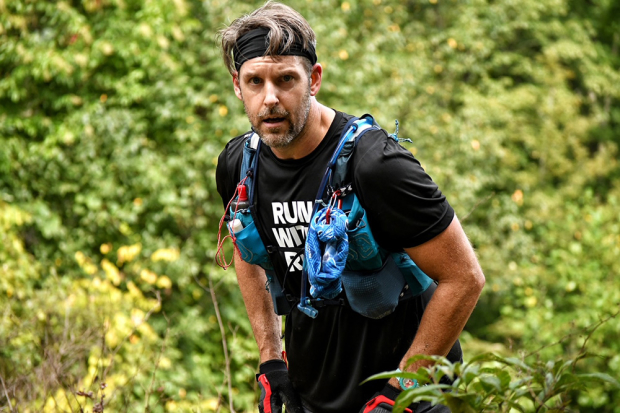
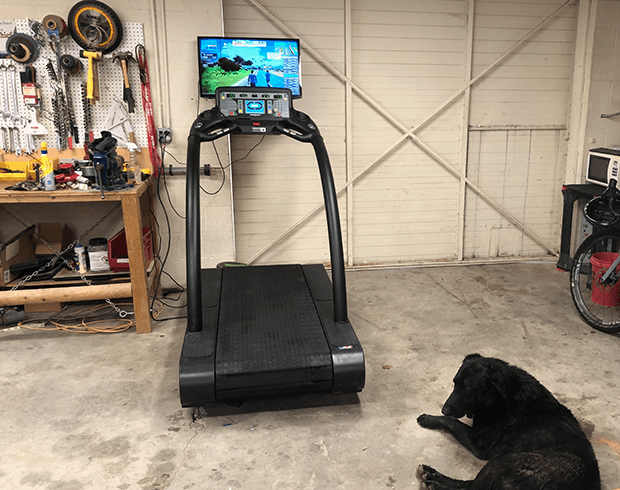
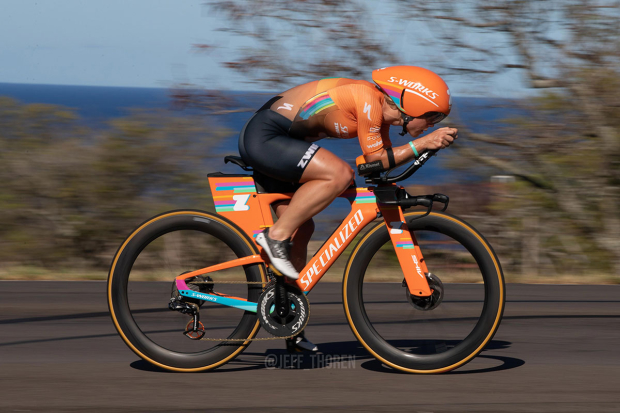
Start the discussion at forum.slowtwitch.com